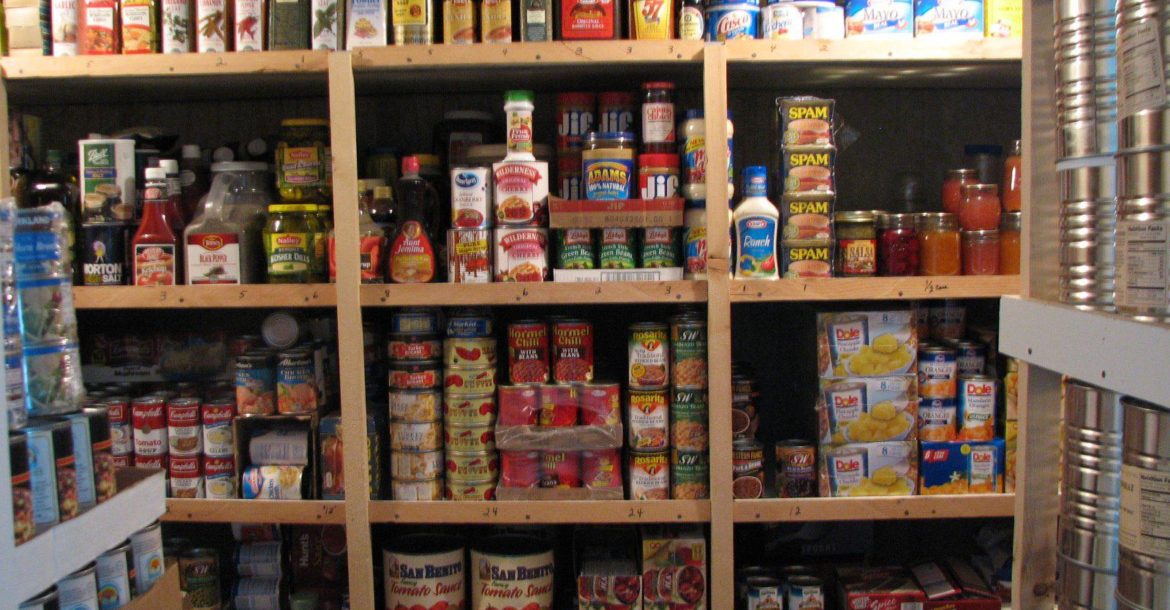Target posts huge earnings miss ahead of holiday season as consumers struggle with high prices
11/21/2024 / By Cassie B.

Big box retailer Target saw its shares drop 20% to reach a 52-week low after cutting its forecast and posting its most dramatic earnings miss in two years ahead of the holiday season. The bad news comes despite the store reducing prices on thousands of goods and competitor Walmart beating expectations.
Target announced on Wednesday that it had only seen a small uptick in traffic and missed Wall Street expectations for quarterly earnings and revenue alike, cutting its full year profit guidance in a concerning reversal just months after it had hiked the forecast.
In August, Target said it was expecting a full year adjusted earnings per share range of $9 to $9.70, while analysts were expecting somewhere around $9.55 per share. Now, however, Target is expecting it to fall in the $8.30 to $8.90 range.
The retailer now believes its fourth quarter comparable sales will be roughly flat.
Target has blamed the overall economic conditions for its woes, with CEO Brian Cornell identifying “lingering softness and discretionary categories,” along with the cost of preparations they made for October’s port strike as some of the reasons it did not perform as expected.
“Consumers tell us their budgets remain stretched and they’re shopping carefully as they work to overcome the cumulative impact of multiple years of price inflation,” he stated. No mention was made of the retailer’s woke policies that have alienated customers in the past.
One area where Target has seen some growth is digital sales, which increased 10.8% year over year on account of double-digit gains in curbside pickup and a nearly 20% rise in same-day home deliveries. However, they saw a drop of nearly 2% in comparable store sales.
Nevertheless, the retailer feels confident about its long-term prospects.
This store, which is known for offering fashionable but affordable home goods, clothes and other discretionary items, has seen a decline in sales as shoppers become more careful about spending amid rising prices on food and housing.
In May, Target announced that it would be reducing the prices of 5,000 of its most frequently bought items, including milk, bread, and diapers. Further price cuts were announced in October, with 2,000 items popular at this time of year, such as toys, cold medicine and ice cream, all seeing price reductions. In total, they will have slashed prices on more than 10,000 goods by the end of the holiday season.
Walmart is faring much better than Target
Meanwhile, one of Target’s main competitors, Walmart, announced that it was seeing sales improvements in discretionary items for the second quarter in a row and has also been increasing its market share in higher income households. In fact, households that earn more than $100,000 per year made up 75% of their gains.
Walmart reports that sales at American stores that have been open for at least a year rose 5.3% last year compared to the year before, while profit rose 8.2% last quarter. They raised their financial outlook in a signal that reflects their expectation of a strong holiday shopping season.
However, it is worth noting that the two retailers’ sales mixes are different. Walmart reports that groceries make up around 60% of its sales, while food only accounts for 23% of Target’s overall sales. In addition, discretionary items make up more than half of the merchandise at Target, which makes it more vulnerable to shifting consumer sentiment than rivals like Walmart that are more focused on essentials that people need to buy regardless of economic conditions.
Sources for this article include:
Submit a correction >>
Tagged Under:
consumer spending, economic collapse, economy, Inflation, money supply, products, risk, shopping, target, Walmart
This article may contain statements that reflect the opinion of the author
RECENT NEWS & ARTICLES
COPYRIGHT © 2017 BUBBLE NEWS




















